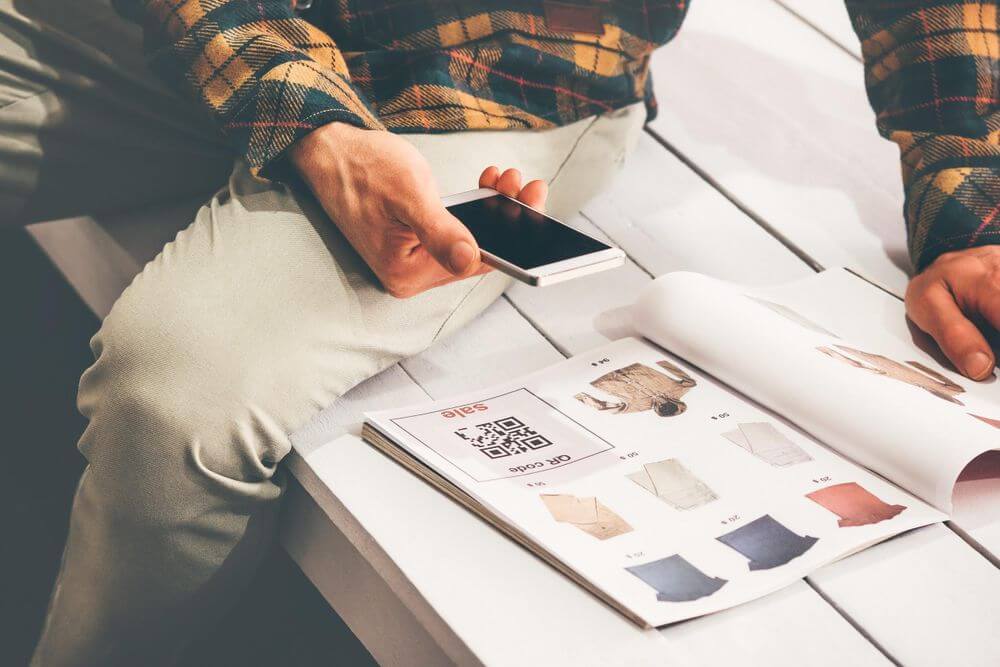
The dream for many aspiring designers and brands is to sell products into major fashion chains. Having a standalone brand is also something many hope to achieve. However, raising brand awareness is vital for securing public acclaim in the long-term.
Choosing to sell your garments wholesale is an exciting step for businesses. This avenue not only improves presence in the market but also offers a way to expand with new products.
A valuable tool when you are considering selling wholesale products is a line sheet. This information can often be confused with a designer’s lookbook. However, a line sheet is a sales tool that helps fashion buyers make choices and place orders.
It is essential to make a line sheet as clear and concise as possible. As this will give the reader a concise overview of what’s on offer. This tool should also answer any basic questions a buyer has about your products.
So how do you create a line sheet to help sell your clothing brand at first glance?
Line sheets should contain several pieces of information including necessary contact details through to specific product information.
Take a look at the main elements to include:
General information
Your brand and contact details should be easily identifiable at the top of your line sheet. If this is not clear, it could cost you sales. Potential buyers do not have time to search through information to find it so be sure to include:
- Business name and logo
- Contact name
- Contact email and phone number
- Brand bio - add a few sentences about your brand

Production information
This information will showcase each product that is available for wholesale. This section should display:
Product images
It can be easy to get carried away with fancy images of your products. But in short, clear and straightforward shots of the products work best. Use light backgrounds to display products clearly.
You should shoot imagery with the audience in mind. For example, lookbook images will be inspirational, whereas corporate photos should be informative.

Product line information
Under the product image, there should be a small table of information that includes:
- Item ID
- Style name
- Main material
- Colour
- Sizes
- Wholesale price
- RRP (Recommended Retail Price)
- Order minimums
Item and style numbers should follow a sequence. A consistent numbering system will help keep orders and collections organised. Also avoid getting too creative with the style name, as it needs to describe the item accurately.
Wholesale information
Under the products, you should include a wholesale information section. This will detail crucial information such as your shipping policy, returns and lead times etc.
Take a look at the information to include in this section:
Payment information
Detail the payment methods you accept and any requirements upon order such as deposits or payment upfront.
Lead times
State how quickly you can fulfil orders and what your average lead times are. It is advisable to be realistic with this information, as it could affect future orders.
Cut-off dates for ordering products
Stipulate the last date a product can be ordered (this will be based on your production schedule).
Shipping cost
Detail the charges for the delivery or whether you cover these costs for the client.
Returns
This section should highlight your policy on client’s returning products after order. You will need to state whether you accept returns or not explicitly. Plus, include the conditions for return such as time limits and reasons.
Expiry date
Price and availability change frequently. It is wise to state an expiry date for the information on your line sheet to avoid miscommunication.

What can you do to make your brand stand out from the rest?
There’s no denying fashion is a competitive industry. Simply put, what will make your brand stand out from the rest when a buyer picks up your line sheet?
If you’re in the early stages of getting your products into the market, incentivising buyers could assist the process. However, this doesn’t mean huge discounts or suchlike. You could explore areas such as offering exclusivity. This means that you have an agreement that you won’t sell to competitors within a location or geographical region. You could also look at providing exchanges or buy-backs for stock that isn’t selling.
Decisions on incentives should be made carefully. Long-term exclusivity and exchange packages could affect your profitability if not managed effectively.
A vital tool for fashion businesses
Line sheets are easy to create and form one of the essential tools for brands looking to upscale their business efforts. They are used by in-house buyers and to support sales efforts at trade shows. It is also handy to include an order form with your line sheet. This gives retail stores and buyers everything they need to submit an order quickly and efficiently.
If you’re looking to take your fashion business to the next level. Check out our guide: How To Start a Clothing Line.
